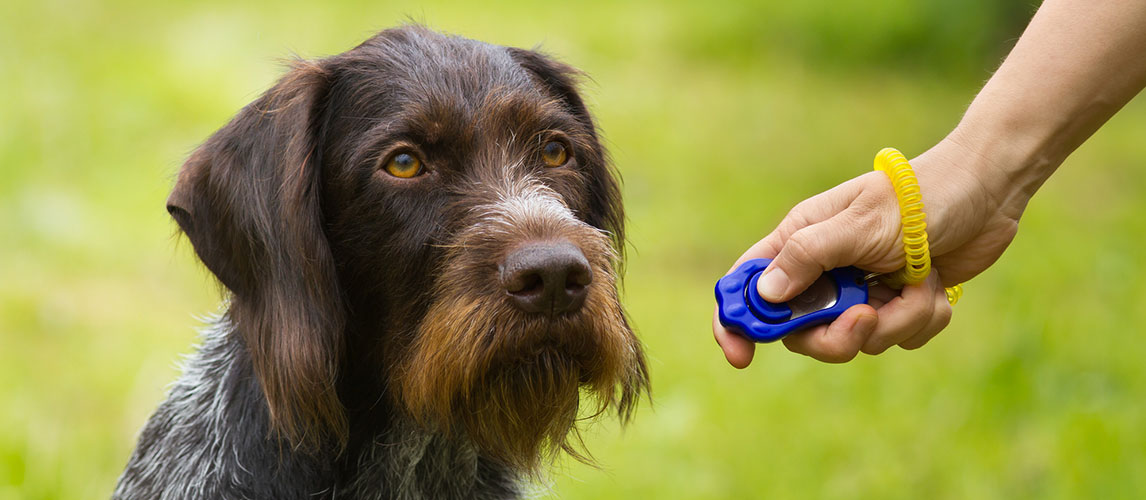In 2016, veterinarians raised the alarm that 27 out of 50 dogs are considered to be overweight. When given a figure, this roughly translates to almost 42 million pet dogs in the US alone. Now, while almost everyone knows that giving healthier, low-calorie and low-fat diets can help reduce the incidence of canine obesity, there are still pet parents who fail to realize the importance of daily exercise among dogs. Many pet parents think that their dogs will get too tired if they walk them every day. But for those who are beginning to appreciate the need for dogs to exercise, the question that usually bugs them is related to just how much exercise a dog really needs every day.
Related Post: Best Dog Food for Weight Loss
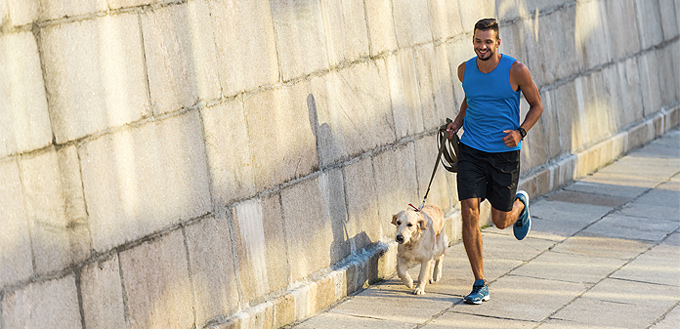
What the Scientific Community Says
The current recommendation is for pet dogs to have at least 30 minutes of exercise, but not to exceed 2 hours every day. However, this is just a guideline since different breeds typically have different energy levels which can easily translate to their levels of physical activity. Naturally, working and sporting dogs as well as puppies will have greater levels of physical activity because of the nature of their breed and the current state of development, respectively.
Another factor that needs to be considered is the pet parent’s own fitness levels. Pairing a dog with high energy levels requiring increased physical activity with a pet parent who is largely known as a couch potato can easily spell disaster for the dog. This is perhaps one of the most common reasons why some pets are growing really obese. A highly active dog paired with a sedentary pet parent is almost always a recipe for disaster.
Not only is the dog’s exercise requirements not being met, it is also at high risk of developing canine behavioral problems. This is because its energy levels are not being tapped into more constructive means, usually through exercise and play, such that these are then played out through destructive canine behaviors like nuisance barking, howling, digging, biting, and chewing, among others.
Veterinarians and pet behaviorists recommend giving dogs 30 to 120 minutes each day to exercise. The types of exercises that dogs should have are also dependent on their life stage as well as other factors such as the presence of health problems that may make moving difficult, if not painful.
How Much Exercise Do Puppies Need Every Day?
Puppies are a rambunctious lot. They jump, roughhouse, and run with their littermates. They are the quintessential little bundles of joy.
However, the exercise in puppies has been quite controversial. There is an ongoing debate on whether puppies should be subjected to daily exercises or not. The root of the issue is their still-immature musculoskeletal system. Their bones are still not yet fully developed. Their muscles are also still developing. The same is true with their joints. There is also a question about the age upon which full maturity of the muscles, bones, and joints are achieved.
Sadly, these are not the only concerns. There are also issues about the maturity of the lungs and the heart. An immature cardiovascular and pulmonary system can lead to an inefficient delivery of oxygen which cells need for metabolism. If oxygen is not adequately supplied, cells can starve and use up other forms of fuel to sustain their metabolic processes.
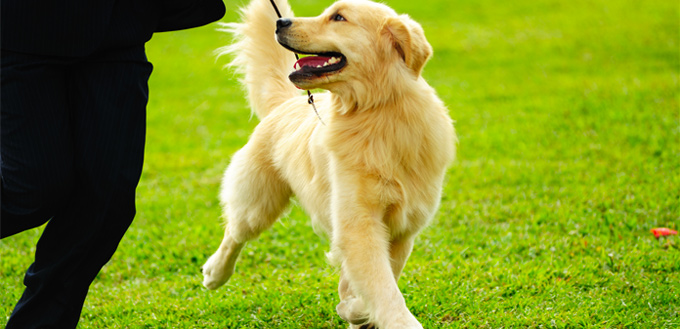
Several research findings also indicate that puppies that have been over-exercised before they were considered fully ‘mature’ have a much higher risk of developing osteochondritis dissecans and elbow dysplasia than puppies that were exercised ‘normally’.
As such, the most fundamental question here is when one can consider ‘exercise’ as already excessive. To help provide the basis for what is excessive and what is not, your veterinarian should be able to run a few tests on your puppy to determine if it has congenital problems or any other health problem that might adversely affect its ability to perform exercises. This should be the basis of any activity or exercise that you may want for your puppy.
Generally, if the puppy is allowed to simply play for about 5 to 10 minutes every single day, then this should already comprise its exercise requirement for the day. The play is always considered an exercise in younger dogs in pretty much the same way play is considered as learning among young children.
If you’re thinking of training your puppy in agility or even lure coursing, there’s a chance that they may over-exercise. As such, these puppies should only go through a low-impact training program instead of a program that is designed specifically for adult dogs.
Here’s a handy tip you can observe anytime and with any puppy. Take the age of your puppy in months and multiply it by 5. The result is the number of minutes you are going to walk your pet. For instance, if you have a 16-week old puppy, then you can walk your puppy for 20 minutes, once in the morning and another at night. It’s not perfect, but it is a good way to start.
How Much Exercise Do Adult Dogs Need Every Day?
As already mentioned, one of the factors that can play in the determination of how much exercise to give to your dog is their breed. Some breeds are naturally more active, more energetic than others. For example, retrievers, terriers, pointers, shepherds, and scent hounds are generally regarded as highly active breeds. These breeds, as well as others, tend to require as much as 60 to 90 minutes of vigorous exercise every day.
As a general rule, working dogs, sporting dogs, and herding breeds require at least 60 minutes of exercise every day. Typical exercises for these breeds can include hiking and running as well as playtime with other canines. Highly active hounds can also be enrolled in agility courses or engaged in a game of fetch. Today, pet parents are also including balance exercises for their active dogs.
Less-active breeds like brachycephalics, toy dogs, and giant hounds should exercise at least 30 minutes every day, although this can be extended up to a full hour depending on the dog’s health condition and age. A stroll around the neighborhood should be enough. A game of fetch done in one’s backyard can also qualify as a healthy dose of exercise for Yorkies, Pugs, Chihuahuas, French bulldogs, Mastiffs, Great Danes, and Newfoundlands, among others.
A good thing to remember is that you should always consider any potential health problem to be a factor in the reduction of the number of minutes that dogs need to exercise on a daily basis. Like humans, advancing age can typically mean the emergence of health problems. So, having your dog regularly checked by your vet should help you design a more appropriate exercise regimen for it.
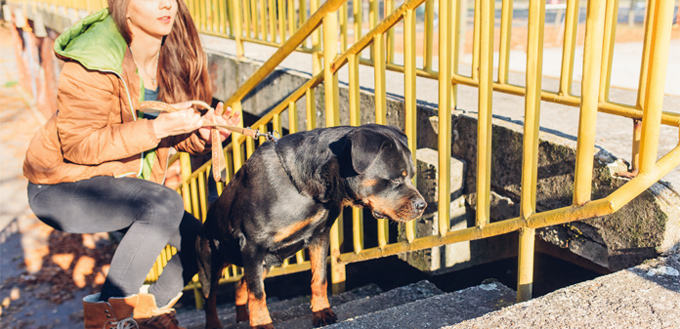
Another important thing to remember is to gradually increase the level of activity of your dog. Research shows that dogs that have not been accustomed to high levels of physical activity are more prone to various types of injuries if they are suddenly subjected to increased levels of activity.
What this simply means is that if you have a dog that is best known for being a couch potato and you want to increase its activity levels by engaging it in more physical exercises, you should introduce these physical activities gradually. For instance, if your dog is more accustomed to a casual walk for about 30 minutes around the neighborhood, you can increase this to 40 or 45 minutes before hitting it at 60. When your dog is already comfortable with going for a walk for a full hour, you can start introducing a jogging portion for about 10 minutes within the 60 minutes. You can go for a 20-minute casual walk, pick up the pace, and jog for about 20 minutes, and then slowing down the pace to a normal walk of about 30 minutes.
Automated dog toys could increase your dog’s activity levels. Check it out!
How Much Exercise Do Senior Dogs Need Every Day?
It is quite exceptional to see an elderly dog doing most of the physical activities that younger dogs do. This is because, as humans, senior dogs are already showing many of the signs of advancing age. Their bones are no longer as dense as before, making them more vulnerable to fractures. They may also have lost their muscle tone and strength that they can no longer sustain prolonged exertion. The same is true for dogs with chronic obstructive pulmonary diseases that compromise the delivery of oxygen to the tissues, making them feel fatigued very easily.
Regardless of their health condition, however, exercise should still form an important part of their daily lives. Studies have shown that the benefits of exercise in older dogs far outweigh the benefits of not having any exercise at all. Eliminating exercise from the life of a senior dog can lead to faster muscle wasting, poorer circulation of blood, greater risk of canine depression and behavioral problems, and even the worsening of neurodegenerative diseases in dogs.
While exercises among senior dogs can expose them to potential musculoskeletal injuries, choosing the right type of exercise can help reduce, if not eliminate, such risks.
A good rule of thumb is to exercise senior dogs for about 30 to 60 minutes every day. However, this should be broken down into several so-called ‘activity sessions’ to help minimize the effect of such physical activities on their bodies. For example, you can divide a 30-minute program into 10-minute exercise sessions every day; one in the morning, afternoon, and evening.
One of the most ideal exercises for senior dogs, especially those with arthritis or other health problems in the joints, is swimming. The buoyant force of water helps eliminate the transmission of impact forces to their joint capsules. At the same time, water pressure serves as resistance for senior dogs so they will be working their muscles to counteract this resistance.
If swimming is not possible, gentle walks should suffice. However, if your senior dog’s joints are really in a bad shape, you may want to talk to your vet about supplements or even pain medications that can be applied before any exercise so that your dog will feel much better while moving.
You May Also Like: Dog Joint Supplements
Don’t Forget Mental Exercises
Just as physical exercise is good for a dog’s body, mental exercises are equally important for fostering optimum mental and cognitive health. Dog psychologists say that mental stimulation in dogs plays a very crucial role in their overall health and well-being. If physical exercises improve a dog’s strength, agility, and other physical characteristics, mental exercises improve canine mood and prevent dog boredom which can be the root cause of many behavioral issues.
Mental exercises should form an important daily routine for your dog. These should always be interspersed with physical exercises every day. For example, you can take your hound for a 30-minute walk in the morning and then schedule a mental activity towards lunchtime or early afternoon. You can then take your pet for a 30-minute afternoon or evening stroll before capping the day with another mental activity.
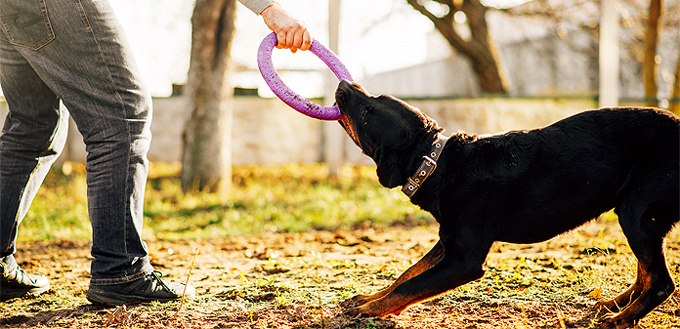
Obedience training can be a good mental activity for dogs. Giving them interactive and puzzle toys can also help sharpen their cognitive skills. You can also employ a variety of games such as hunting for treats, nosework, and hide-and-seek just to keep your pet mentally stimulated.
Related Post: Dog Puzzle Toys
Sometimes you don’t have to do anything except to spend quality time with them. Snuggle up. Your touch on their bodies provides sensory information that can help improve their mental health. Maintaining eye contact with them also lets them see you, examine you up close and personal. These things may seem trivial to most people, but it really does work.
Perhaps the most important thing to understand about exercising our pets is that it is not just our responsibility to look after their needs. Every single member of our family should be able to contribute towards the overall health of our dogs. If you cannot take your dog for a walk, then another member of the family should be assigned to do so. After all, dogs are now members of the modern family.
Related Post: Yoga for Dogs: The Ultimate Doga How to Guide
Note: The advice provided in this post is intended for informational purposes and does not constitute medical advice regarding pets. For an accurate diagnosis of your pet's condition, please make an appointment with your vet.





